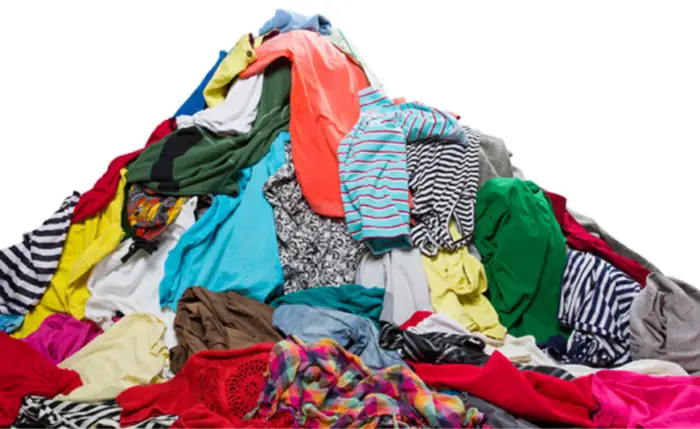The importance of textile recycling continues to be recognized, with an estimated 100 billion garments being produced annually worldwide. As textile production increases, so does the generation of textile waste. Today in Europe, more than 15 kilograms of textile waste is generated per person, posing various negative consequences for people and the environment. Consumers’ discarded clothes and home textiles account for around 85% of the total waste, making them the largest source of textile waste. The generation of waste has necessitated the growth of the textile recycling industry. This significant transformation could create a large and sustainable textile industry that makes value out of waste.
What is Textile recycling?
Textile recycling is the process whereby textile waste like discarded clothing and other textiles are recovered for reuse. It is an essential aspect of the textile industry that aims to reduce landfills inside and outside Europe. The textile recycling process involves donation collection, sorting, and processing textiles and transportation to end users of recovered materials. Considering the tons of waste generated, textile recycling is a significant challenge to be addressed as we strive to move closer to a zero landfill society.
It takes up to a few weeks or even several years for natural fibers to decompose once in landfills. These fibers negatively affect the atmosphere by releasing CO2 and methane gas. Further, synthetic fibers do not deteriorate, releasing toxic substances into groundwater and nearby soil. As the textile recycling industry grows, various environmental benefits will be seen. They include:
- Less energy and water consumption
- Reduced demand for dyes
- No pollution
- Decreased landfill space requirements. Landfills and incineration are the primary end destination of textile waste. But textile recycling will reduce the quantity of waste in the environment.
Addressing the waste problem
Various approaches can help address the waste problem. For example, fashion companies can focus on slow fashion trends because they generate considerable waste. Designing products for increased circularity and extending product lifetime can also help solve the waste problem. Fiber-to-fiber recycling is one of the most sustainable scalable levers available. It involves using textile waste to create new fibers, which are then used to make textile products like new clothes. Fiber-to-fiber recycling technologies require strict input requirements; for example, straight leg jeans and pants must have their zippers and buttons removed before processing.
Other technologies that have been established include the mechanical recycling of pure cotton. Chemical recycling of polyester is yet to be established but is on the brink of commercialization. Once these technologies are mature, about 70% of textile waste could be fiber-fiber recycled. But before them, several barriers to scale need to be overcome. Today, less than one percent of textile is fiber-to-fiber recycled.
Sources of textile for recycling
The two primary sources of textiles for recycling include:
- Post-consumer. This includes discarded clothes, vehicle upholstery, household items, and others.
- Pre-consumer, including by-products from yarn and fabric manufacture, and post-industrial scrap textiles from other industries.
Corporate and non-profit programs donate old garments
Textile recycling process
The textile recycling process varies between natural and synthetic fibers. Below are the general steps for natural fiber recycling.
- The first step is sorting the materials according to color and material type. Color sorting means the materials don’t need to be re-dyed, saving energy and avoiding pollutants.
- Textiles are shredded or pulled into fibers, and other fibers may be introduced into the yarn depending on the final use.
- The yarn is then mixed and cleaned through a carding process
- The yarn will be spun again, ready for use in knitting or weaving. Some fibers are not spun into the yard; others are compressed for filling, such as cushions or mattresses.
Textiles made of polyester are shredded and granulated for processing into polyester chips. The chips are subjected to high temperatures so that they melt and are used to create new fibers for polyester fabrics.
Society is gradually becoming familiar with the dangers of sending textile waste to landfills. And as new recycling technologies continue to develop, the textile recycling industry is anticipated to grow. The fast fashion industry has a negative impact on climate change, with tons of textiles going to waste as new designs come to light. For this reason, consumers need to watch for trends like slow fashion and choose clothing brands that last longer; these brands demonstrate a commitment to reducing their climate change impact.
RELATED ARTICLES:
– What is Important in a Sports Watch?
– 15 Celebrities who own private islands
– Top 13 best dressed female musicians of 2022
– Pros and Cons of Embroidery Customizing
– Highest paid actors of 2022 | Tom Cruise, Will Smith, and others.



